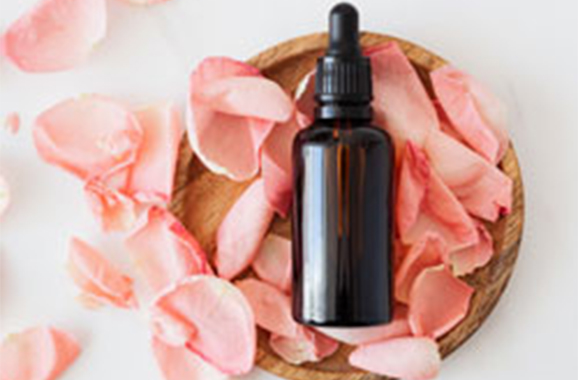
Polysorbate containing 20 ethylene oxide units is a hydrophilic non-ionic surfactant, widely used as an emulsifier for stable water-in-oil (W/O) drug emulsions. Polysorbate can also serve as a solubilizer for various substances, including essential oils and oil-soluble vitamins, and as a wetting agent for oral or non-gastrointestinal suspensions. It has been found that polysorbate helps to improve the oral bioavailability of p-glycoprotein substrate drug molecules.
Polysorbate is a class of excellent O/W emulsifiers that is minimally affected by high concentrations of electrolytes and changes in pH. It works well as an emulsifier for plant oils, mineral oils, and animal fats. It can be used in external, oral, and injectable emulsions. The usual concentration range is 1 to 15%. When combined with hydrophilic emulsifiers (such as sodium lauryl sulfate), it can enhance the stability of O/W emulsifiers or creams, with a typical usage of 1 to 10%. It is also commonly combined with dehydrated sorbitol fatty acid esters in varying ratios to produce stable O/W emulsions or O/W emulsion matrices. Polysorbate is one of the most commonly used solubilizers. It shows good solubilizing effects for both non-polar compounds and compounds containing polar groups. The typical usage is 1 to 10%. For actual solubilization, lipophilic drugs should be mixed with the solubilizer first, then diluted with water under stirring to obtain a clear, stable solution, with a relatively low amount of solubilizer.
As a solubilizer, polysorbate can often improve drug absorption and enhance physiological activity. For example, it increases the absorption of vitamin A. However, in some cases, solubilization may actually reduce drug absorption, weaken efficacy, and lead to loss of activity. The main reason for this is that the drug enters the micelles of the solubilizer, which hinders dissolution. A typical example is disinfectant preservatives with phenolic hydroxyl groups, such as parabens, trichlorotert-butyl alcohol, benzyl alcohol, and quaternary ammonium compounds. When mixed with polysorbate 80, their antimicrobial activity is reduced.
Even when the solution is diluted below the critical micelle concentration (CMC) of polysorbate 80, the antimicrobial activity of parabens cannot be restored. This is because the polyethylene glycol group of polysorbate 80 forms a mixture with the phenolic hydroxyl group, encapsulating the antimicrobial agents in the micelles, rendering them inactive. However, polysorbate 80 has minimal effect on the antimicrobial strength of formaldehyde, sorbic acid, benzoic acid, and mercuric nitrate.
In some transdermal drug formulations, non-ionic surfactants may not show significant enhancement in transdermal absorption. They may even reduce the transdermal delivery due to solubilization effects that decrease the partition coefficient. In conclusion, these phenomena are related to the properties of the solubilized substances and the concentration of the solubilizer. Specific drugs should be tested experimentally.